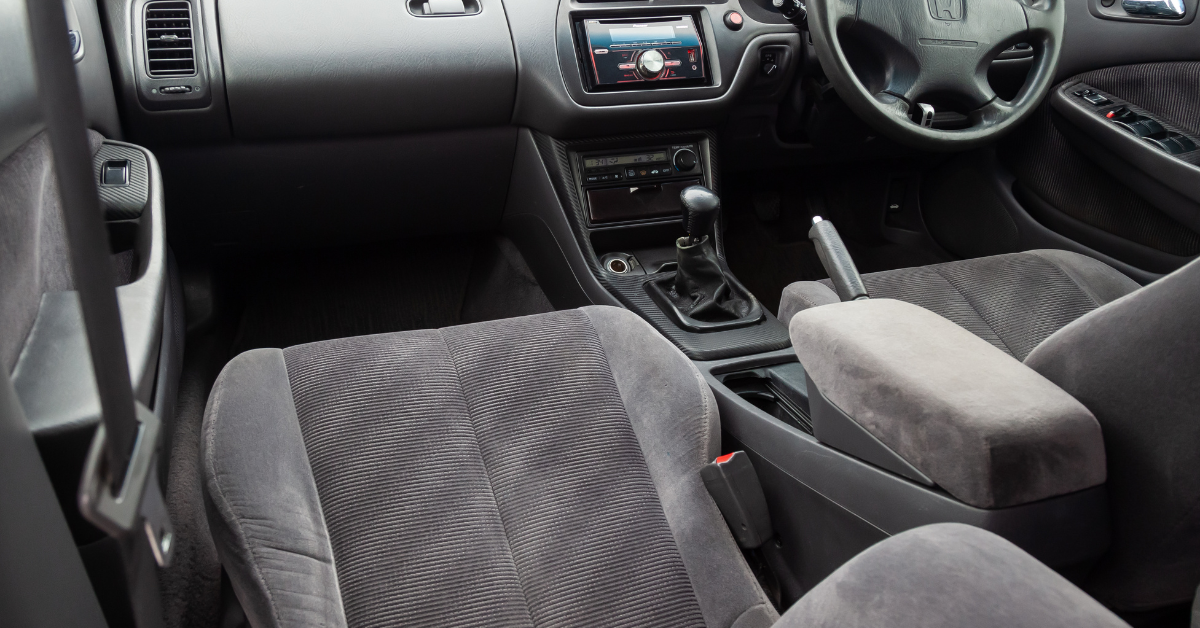The Nissan Sakura is a compact EV in the kei‑car class that aims to bring quiet, efficient driving to everyday mobility. Though small in size, it is designed with modern features, user comfort, and practicality in mind. In this article, we explore what makes the Sakura unique, how it feels to ride in for both short and longer journeys, and what strengths and trade‑offs you should expect.
Overview of the Nissan Sakura
Compact EV Designed for Daily Use
The Sakura is Nissan’s entry into the kei‑EV segment. It preserves the compact dimensions typical of Japan’s kei cars, but it integrates electric vehicle technology for urban mobility. Its design emphasizes efficient packaging, low floor layout, and maximizing interior space within limited external dimensions.
Some of its standout traits include:
- Electric motor drive with immediate torque for urban responsiveness
- Compact external dimensions for ease of parking and tight roads
- Interior layout that maximizes usable cabin space despite its small footprint
Because of its electric nature, the Sakura offers a driving experience distinct from conventional gasoline kei cars — it is quieter, with fewer vibrations and smoother power delivery in many scenarios.
Comfort and Ride Quality
Sensations in Short Trips vs Long Drives
While the Sakura is built to be nimble in city settings, it also strives to maintain comfort during longer use. Understanding how it behaves across different drive types can help set expectations.
| Drive Type | Characteristics | Ride Impressions |
|---|---|---|
| Short trips | Frequent stops, low speed, city roads | Quiet, smooth, immediate throttle response |
| Long journeys | Sustained speed, highway or open roads | Less road noise, stable behavior on smooth surfaces |
Short Trip Experience
In short drives — such as city errands, school runs, or commuting — the Sakura’s strong point is responsiveness. The instant torque from its electric motor lets it pick up speed smoothly from a standstill. The cabin remains very quiet, with little engine noise because there is no internal combustion engine. Because of its size and light weight, navigating narrow streets or tight parking is easy.
Long Drive Experience
On longer stretches, such as highway segments or suburban bypass roads, the Sakura benefits from its quiet interior and smoothness of electric drive. At moderate speeds, the ride is calm and vibrations are minimal. However, because it is a small EV with limitations in range and battery capacity, sustained high speeds or aggressive driving may highlight trade‑offs in battery efficiency and comfort over extended stretches.
Key Features that Shape its Character
Design, Performance, and Usability
To understand why the Sakura feels the way it does, let’s highlight its core features:
- Electric powertrain with strong torque: Its motor provides immediate pull even at low speeds, which helps in city traffic and hilly routes.
- Low vibration and quiet operation: Without engine rumble, the Sakura offers a serene ride in many everyday situations.
- Interior ergonomics and packaging: Despite its compact size, efforts have been made to give passengers usable space, flat floor in rear, and good sightlines.
- Driver assistance and modes: It includes driving modes (for example “SPORT”) and features like one‑pedal driving (e‑Pedal mode), which reduce the need to switch between accelerator and brake frequently.
These features help the Sakura punch above its compact size, offering a surprisingly mature driving feel in many conditions.
Strengths and Trade‑Offs
What It Does Well — and What to Watch Out For
While the Sakura has much to offer, it’s not without its compromises. Below are some of its advantages and constraints.
Strengths:
- Quiet and smooth ride in urban settings
The electric motor and reduced noise make for a relaxed driving experience in the city. - Strong torque and responsiveness
Its instant torque offers lively acceleration in lower speed zones and helps with overtakes or uphill starts.
Trade‑Offs:
- Limited range for long drives
Because it is a kei‑class EV, its battery capacity and resulting driving range are modest. Long journeys may require planning around charging. - Space and load limitations
As a small vehicle, the cargo capacity and rear-seat space can feel constrained when more people or luggage are involved.
Thus, the Sakura is particularly suited to daily driving, city routes, and moderate commuting more than long highway excursions.
Comfort in Daily Use and Suggestions
Tips for Getting the Best Ride from the Sakura
To enjoy its comfort potential to the fullest, consider the following tips:
- Maintain correct tire pressure and alignment
Because of its light weight, small deviations in tire pressure can affect ride smoothness and efficiency significantly. - Use driving modes thoughtfully
Modes like SPORT or e‑Pedal should be used judiciously — while fun, sustained use may affect efficiency or range.
Additionally, ensuring that battery health is well maintained and planning charging stops during longer outings will help prevent discomfort or range anxiety.
Why the Sakura Stands Out
A Compact EV with Balanced Appeal
In sum, the Nissan Sakura brings together small size, EV technology, and thoughtful design to deliver a comfortable, quiet ride especially in city or suburban conditions. Its features like torque responsiveness, low noise, and compact maneuverability make it compelling for those seeking an everyday electric vehicle.






